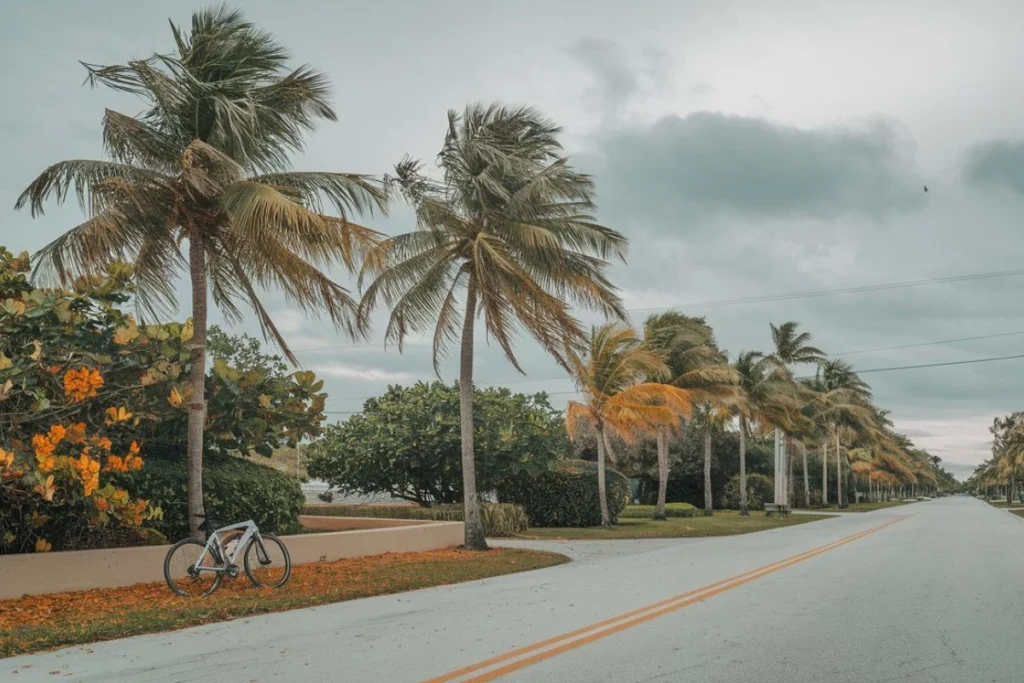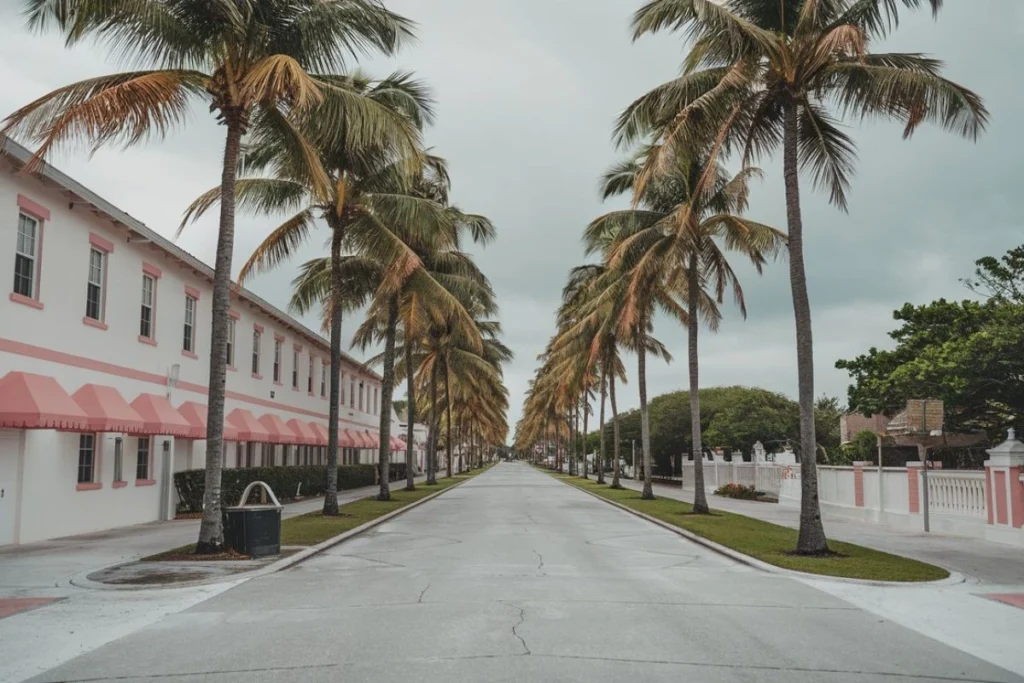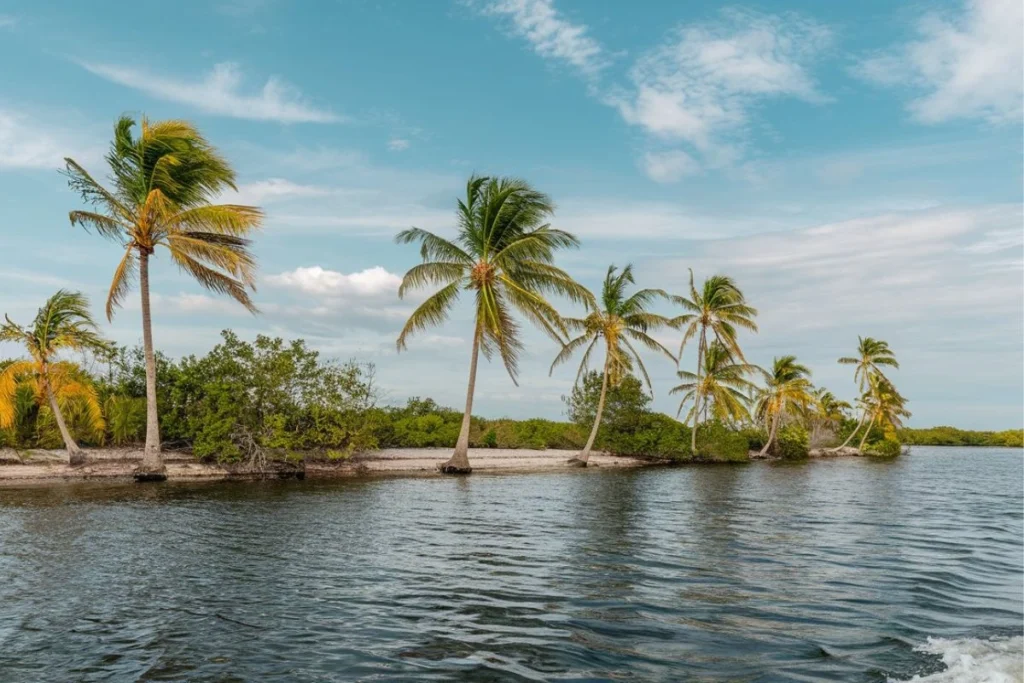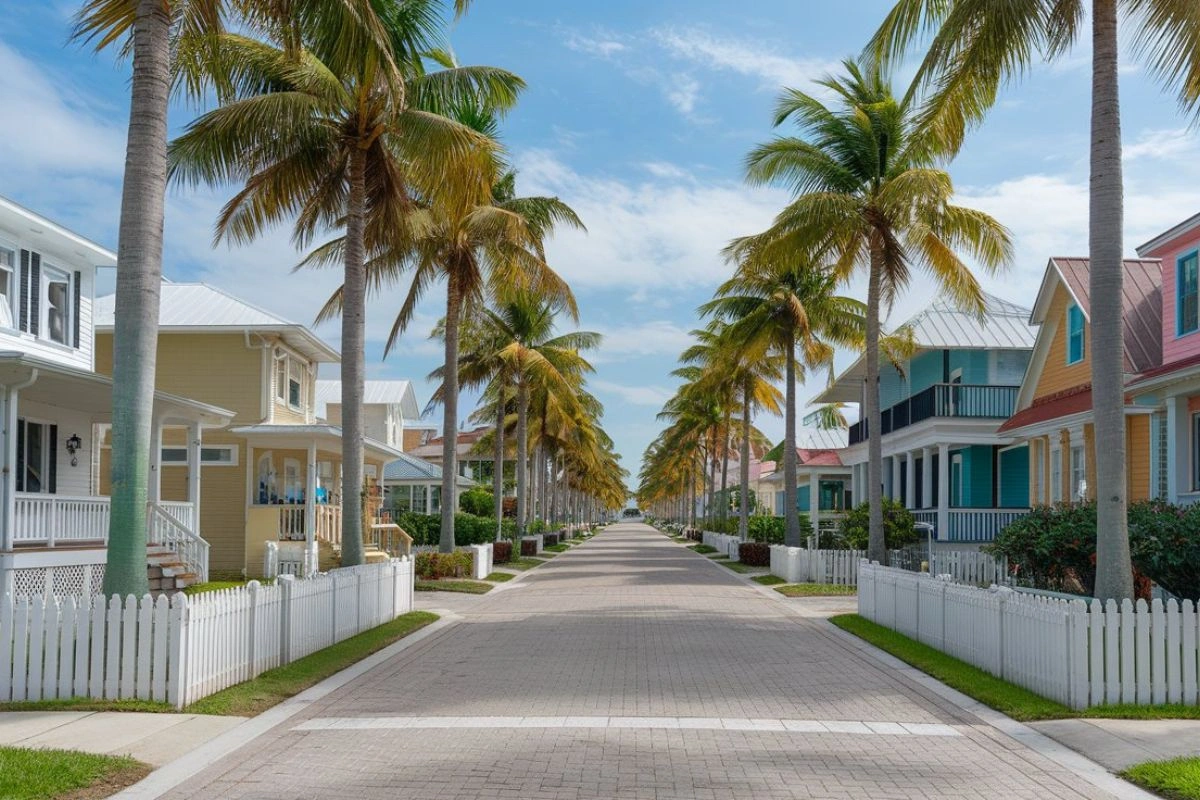Florida, often called the Sunshine State, is famous for its pristine beaches, warm weather, and iconic palm trees. These trees are more than just picturesque backdrops; they represent Florida’s tropical vibe, ecological diversity, and cultural history. From their towering trunks to their lush fronds,palm trees symbolize relaxation, vitality, and resilience.
In this comprehensive blog post, we’ll explore everything you need to know about Florida palm trees, including their types, significance, ecological roles, care, and how they’ve become an enduring emblem of Florida’s identity.
1. An Introduction to Florida Palm Trees
Florida is home to a rich variety of palm trees, each contributing to the state’s unique landscape. These tropical and subtropical species thrive in Florida’s climate, defined by warm temperatures, high humidity, and abundant sunshine.
1.1. Why Palm Trees Are Synonymous with Florida
Palm trees have become synonymous with Florida due to their:
- Adaptation to Florida’s tropical and subtropical regions.
- Role in creating a laid-back, vacation-friendly atmosphere.
- Use in landscaping to enhance residential and public spaces.
1.2. Defining Features of Florida Palm Trees
Florida Palm trees are distinguished by:
- Trunks: Slender, straight, or textured.
- Leaves: Typically long and either fan-shaped or feather-like, these are referred to as fronds.
- Height: Ranging from short, shrubby varieties to towering giants reaching 100 feet or more.
2. The History of Florida Palm Trees
2.1. Native vs. Non-Native Palms
Not all Florida palm trees are native. Certain species were brought in for decorative uses or commercial farming:
- Native Palms: The Sabal Palm (Florida’s state tree) and the Silver Palm are among the species naturally found in the state.
- Non-Native Palms: Popular varieties like the Coconut Palm and the Royal Palm were imported and adapted to Florida’s climate.
2.2. Historical Significance
Florida Palm trees have played a role in Florida’s cultural and economic history. Early settlers used them for construction, food, and medicinal purposes, while today, they are key to the state’s tourism and real estate industries.

3. Types of Palm Trees Found in Florida
Florida boasts over 12 native species and numerous non-native varieties. Some of the most iconic include:
3.1. Native Palm Trees
- Sabal Palm (Sabal palmetto): The state tree of Florida, this hardy species is known for its fan-shaped fronds and ability to thrive in various soils.
- Saw Palmetto (Serenoa repens): A low-growing, shrubby palm often found in Florida’s scrublands and used for medicinal purposes.
- Silver Palm (Coccothrinax argentata): Recognizable by its silvery fronds, this palm adds a touch of elegance to coastal landscapes.
3.2. Non-Native Palm Trees
- Coconut Palm (Cocos nucifera): Perhaps the most iconic tropical palm, known for its edible coconuts and beachside aesthetic.
- Royal Palm (Roystonea regia): A stately tree with a smooth, tall trunk and feather-like fronds, often seen lining streets and estates.
- Canary Island Date Palm (Phoenix canariensis): A robust tree with a wide crown, often used in upscale landscaping.
4. Ecological Importance of Florida Palm Trees
Palm trees are not just ornamental; they play vital roles in Florida’s ecosystems:
4.1. Wildlife Habitat
Palm trees offer both shelter and nourishment to a variety of species:
- Birds: They build nests in the canopies and consume the seeds and fruits..
- Insects: Thrive in the fronds and decomposing organic matter.
- Mammals: Use fallen fronds for shelter or forage on fruits like coconuts.
4.2. Coastal Protection
Palm trees, especially native species, help stabilize sandy soils along coastlines, preventing erosion and acting as natural windbreaks.
4.3. Carbon Sequestration
Palm trees contribute to reducing greenhouse gases by absorbing carbon dioxide during photosynthesis.
5. Cultural and Symbolic Significance
5.1. The Symbol of Paradise
Palm trees evoke a sense of relaxation and leisure, making them an enduring symbol of tropical vacations and island getaways.
5.2. Representation of Resilience
Palm trees are remarkably resilient to hurricanes and high winds, often standing tall after storms. This trait has turned them into a symbol of resilience and adaptability.
5.3. Artistic and Historical Influence
Palm trees appear in Florida art, literature, and architecture, reflecting their cultural prominence.
6. Landscaping with Palm Trees
Palm trees are a favored option for landscaping because of their adaptability and visual charm.
6.1. Choosing the Right Palm Tree
When choosing a palm tree for your garden or property, take into account:
- Size: Smaller palms like the Pygmy Date Palm are ideal for confined spaces, while towering Royal Palms suit expansive areas.
- Climate Zone: Ensure the species is suited to your local climate, as some palms prefer warmer, southern regions of Florida.
6.2. Benefits of Landscaping with Palms
- Enhances property value with a tropical vibe.
- Provides shade and reduces heat around buildings.
- Requires relatively low maintenance once established.

7. How to Care for Florida Palm Trees
Palm trees are relatively easy to care for, but they do require specific maintenance to thrive.
7.1. Watering Needs
- Newly planted palms need regular watering until they establish deep roots.
- Mature palms typically require less water and can tolerate drought conditions.
7.2. Soil and Fertilizer
- Use well-draining soil to prevent root rot.
- Fertilize with a balanced palm-specific fertilizer to provide essential nutrients like magnesium, potassium, and nitrogen.
7.3. Pruning
- Trim away dead or diseased fronds to keep the tree healthy and visually appealing.
- Refrain from over-pruning, as it can weaken the tree and make it more prone to pest infestations.
7.4. Pest and Disease Management
Common issues include:
- Palm Weevils: Insects that burrow into the tree trunk.
- Fungal Diseases: Such as Ganoderma butt rot, which can damage roots and trunks.
- Treat infestations promptly with appropriate methods and consult an arborist for severe problems.
8. Palm Trees and Florida’s Real Estate Market
Palm trees add significant value to Florida properties. Whether lining driveways, accenting gardens, or framing oceanfront homes, they create a luxurious and welcoming aesthetic that attracts buyers and tourists alike.
9. Environmental Challenges Facing Florida Palm Trees
Despite their resilience, palm trees face various threats:
- Hurricanes: While many palms withstand storms, extreme weather can cause damage.
- Urbanization: Development reduces the natural habitats of native palm species.
- Invasive Species: Non-native palms can outcompete native ones if not properly managed.
10. Fun Facts About Florida Palm Trees
- The oldest known palm tree fossils date back over 80 million years.
- The Sabal Palm can tolerate freezing temperatures, making it unique among tropical palms.
One coconut palm can yield as many as 70 coconuts each year.
11. Frequently Asked Questions (FAQs)
11.1. How many species of palm trees are native to Florida?
Florida is home to 12 native palm species, including the Sabal Palm, Saw Palmetto, and Silver Palm.
11.2. Can palm trees survive cold weather in Florida?
Some species, like the Sabal Palm and Windmill Palm, can withstand occasional cold snaps in northern Florida.
11.3. How fast do palm trees grow?
Growth rates vary by species. For example, Royal Palms grow relatively quickly, adding 1–2 feet per year, while slower-growing species like the Bismarck Palm may take longer.
11.4. Are palm trees expensive to maintain?
Palm trees are generally low-maintenance, requiring occasional pruning and fertilization. However, care costs may increase if pest or disease issues arise.
11.5. Is it possible to grow a palm tree from a coconut?
Yes, you can grow a Coconut Palm by planting a sprouted coconut in well-drained soil and providing plenty of sunlight and water.
11.6. Which palm tree is the tallest in Florida?
The Royal Palm is among the tallest, reaching heights of up to 100 feet.

12. Conclusion
Florida palm trees are much more than tropical decorations; they are ecological powerhouses, cultural icons, and vital contributors to the state’s identity. From native species like the Sabal Palm to exotic imports like the Coconut Palm, these trees shape Florida’s landscapes, enhance its biodiversity, and symbolize its tropical allure.
Whether you’re admiring their beauty on a sun-soaked beach or incorporating them into your garden, palm trees remain a testament to Florida’s vibrant spirit. With proper care and appreciation for their ecological role, Florida palm trees will continue to thrive for generations to come.

